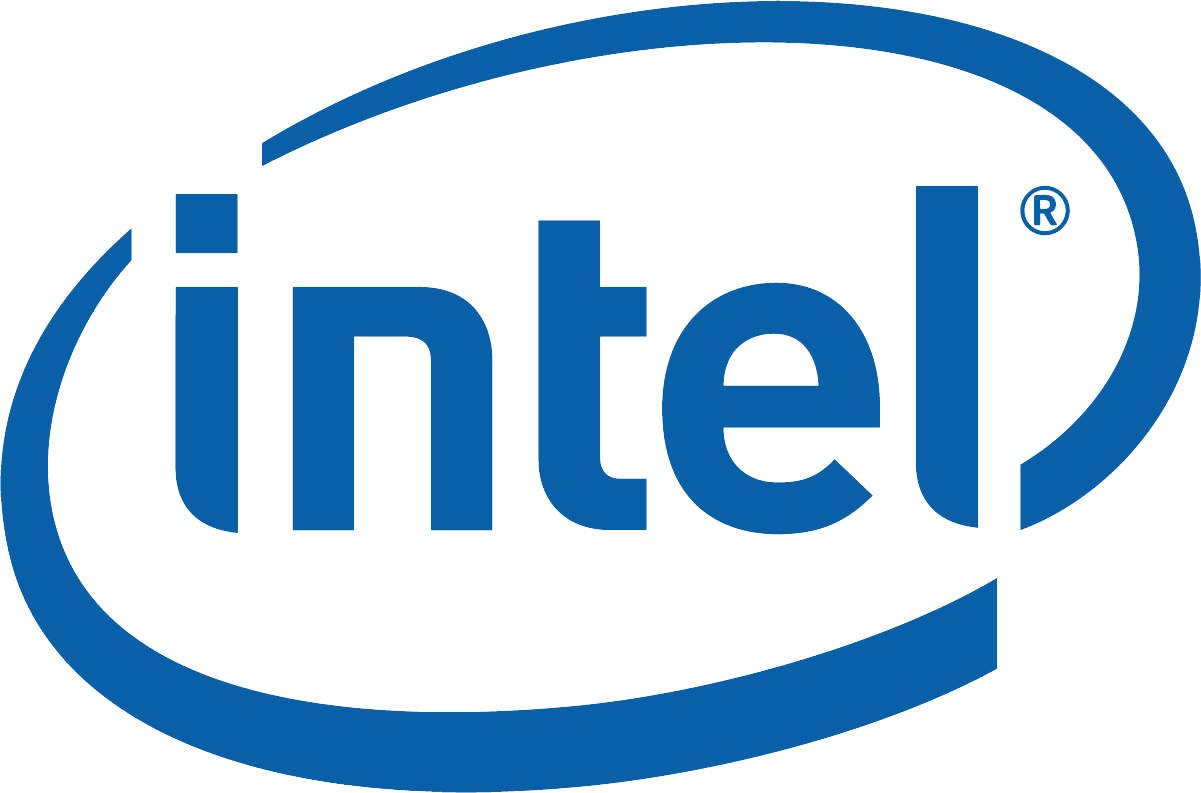Understanding the Strategic Move by a Semiconductor Giant
Who is Intel?
Intel Corporation, commonly referred to as Intel, is a globally renowned technology company that is a pioneer in the semiconductor industry. Founded in 1968 by Robert Noyce and Gordon Moore, Intel’s headquarters are located in Santa Clara, California. Intel is recognized for its contributions to the development of microprocessors, which serve as the brain of computers, and has established itself as a leader in the technological and computing sector.
What Does Intel Do?
Intel’s core business involves the design and manufacture of microprocessors, chipset components, integrated graphics processors, and a variety of other semiconductor products that power computers, servers, and other electronic devices. The company’s innovations have driven advancements in computing performance, enabling the development of faster, more efficient, and more powerful computers and devices. Intel’s products are integral to numerous industries, including personal computing, data centers, Internet of Things (IoT), and artificial intelligence (AI).
A Brief History of Intel
Intel’s journey began with the development of semiconductor memory products. The company’s first significant breakthrough came with the introduction of the world’s first commercial microprocessor, the Intel 4004, in 1971. This innovation set the stage for the personal computing revolution. In the 1980s and 1990s, Intel’s x86 microprocessor architecture became the standard for personal computers, cementing the company’s dominance in the industry. Throughout its history, Intel has consistently pushed the boundaries of semiconductor technology, introducing new generations of processors that deliver greater performance and efficiency.
Why is Intel Splitting its Graphics Chips Division?
Recent reports indicate that Intel is undertaking a strategic reorganization by splitting its graphics chips division into two separate entities. This move is driven by the company’s desire to streamline its operations, enhance focus, and better align its resources with emerging market opportunities. The decision comes at a time when the graphics processing unit (GPU) market is experiencing rapid growth, fueled by advancements in gaming, artificial intelligence, and data-intensive applications.
Enhancing Focus and Specialization
One of the primary reasons for the division split is to enhance focus and specialization within Intel’s graphics business. By creating two distinct divisions, Intel aims to allocate dedicated resources and expertise to different market segments. This approach allows the company to better address the unique demands and requirements of each segment, ultimately leading to more tailored and competitive products.
Responding to Market Dynamics
The GPU market has evolved significantly over the past decade, driven by the increasing demand for high-performance graphics solutions in gaming, professional visualization, and AI workloads. By splitting the division, Intel can more effectively respond to these market dynamics and position itself as a key player in various segments, from consumer gaming to enterprise AI applications.
AI and Graphics: A Synergistic Relationship
Artificial intelligence has become a critical driver of innovation across various industries, and GPUs play a pivotal role in AI workloads. The parallel processing capabilities of GPUs make them ideal for training and inference tasks in machine learning and deep learning. With the reorganization, Intel can optimize its resources to develop GPUs that are specifically designed to accelerate AI workloads, providing enhanced performance and efficiency for AI-driven applications.
The Future of Intel’s Graphics Divisions
Intel’s decision to split its graphics chips division reflects a forward-looking strategy aimed at leveraging its strengths and capitalizing on emerging opportunities. The two new divisions will likely focus on different aspects of the GPU market, such as gaming, professional graphics, and AI acceleration.
Gaming and Consumer Graphics
One of the divisions is expected to concentrate on gaming and consumer graphics. This segment has seen explosive growth in recent years, driven by the increasing popularity of video games, esports, and immersive experiences. Intel’s dedicated gaming division will focus on developing high-performance GPUs that cater to gamers’ demands for realistic graphics, smooth gameplay, and advanced features.
Professional Graphics and AI
The other division will likely target professional graphics and AI applications. This segment includes markets such as data centers, scientific research, and enterprise AI. Intel’s specialized division will work on creating GPUs optimized for AI workloads, enabling faster and more efficient processing of machine learning and deep learning tasks. This move aligns with Intel’s broader strategy to become a leader in AI technology.
Collaboration and Innovation
Intel’s reorganization also emphasizes collaboration and innovation. By creating distinct divisions, Intel fosters a culture of specialization and expertise, encouraging collaboration between teams and divisions. This approach can lead to the development of cutting-edge technologies and solutions that address the unique challenges of different market segments.
Pertinent Information About AI
Artificial intelligence is a key area of focus for Intel, and the company’s reorganization reflects its commitment to advancing AI technology. Intel has made significant investments in AI research and development, acquiring companies and technologies that enhance its capabilities in this field. The new graphics divisions will play a crucial role in Intel’s AI strategy, providing the hardware foundation for AI workloads.
AI Acceleration and Performance
GPUs are essential for AI acceleration, as they offer the parallel processing power required for training complex neural networks and performing inference tasks. Intel’s specialized graphics division will work on developing GPUs that deliver superior AI performance, enabling faster training times and more efficient inference. This focus on AI acceleration aligns with the growing demand for AI solutions across various industries, from healthcare to finance.
AI Integration and Software
In addition to hardware advancements, Intel is also investing in AI software and ecosystem development. The company aims to provide a comprehensive AI platform that integrates hardware, software, and tools to simplify the development and deployment of AI solutions. By splitting its graphics division, Intel can better align its resources and expertise to support AI innovation at both the hardware and software levels.
Conclusion
Intel’s decision to split its graphics chips division into two separate entities is a strategic move aimed at enhancing focus, specialization, and responsiveness to market dynamics. As the GPU market continues to evolve, driven by gaming, professional graphics, and AI applications, Intel is positioning itself to capitalize on these opportunities. The reorganization reflects Intel’s commitment to innovation and its dedication to providing cutting-edge solutions for a rapidly changing technological landscape. With a renewed focus on AI and graphics, Intel is poised to drive the next wave of advancements in the semiconductor industry.



